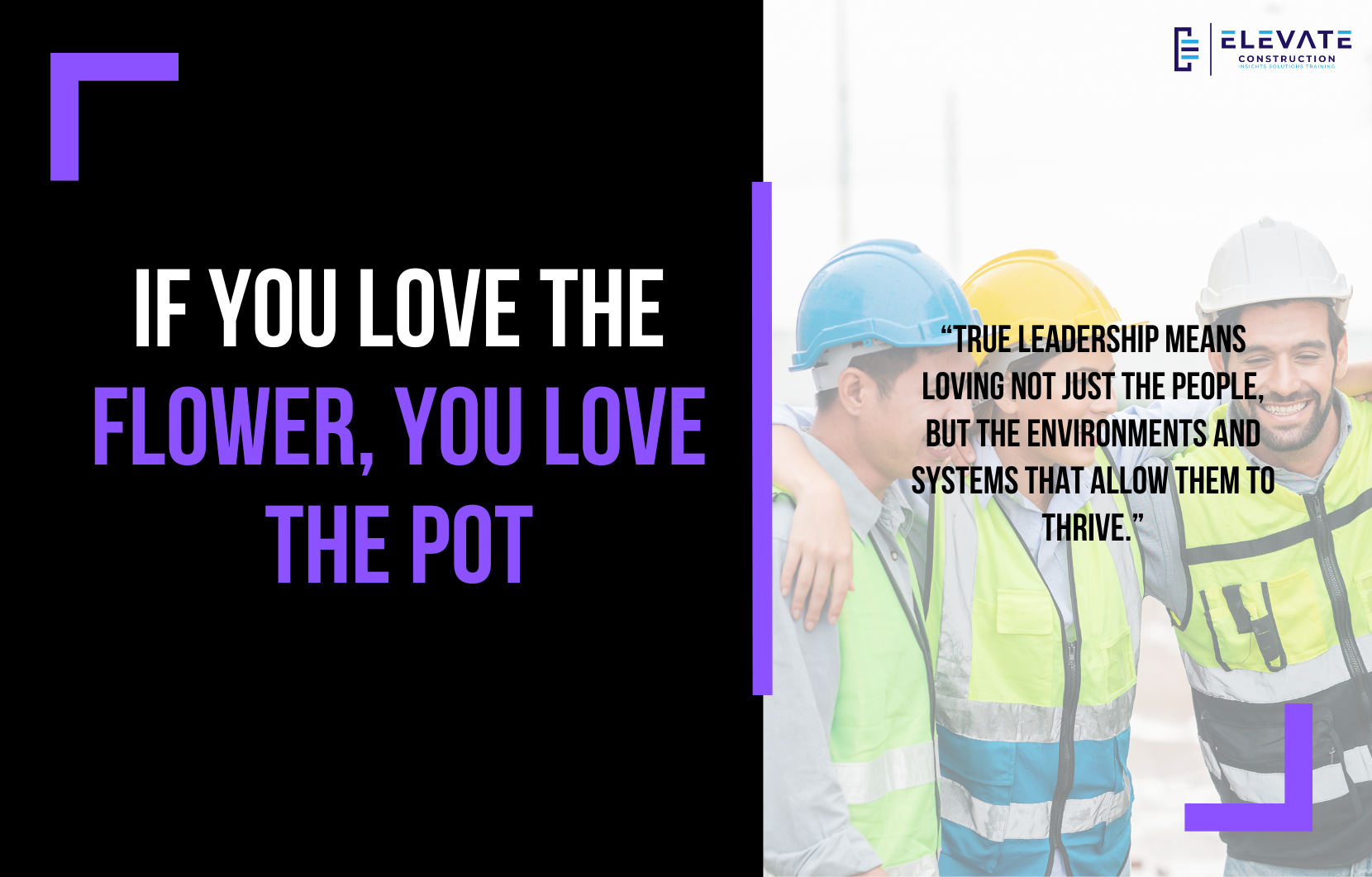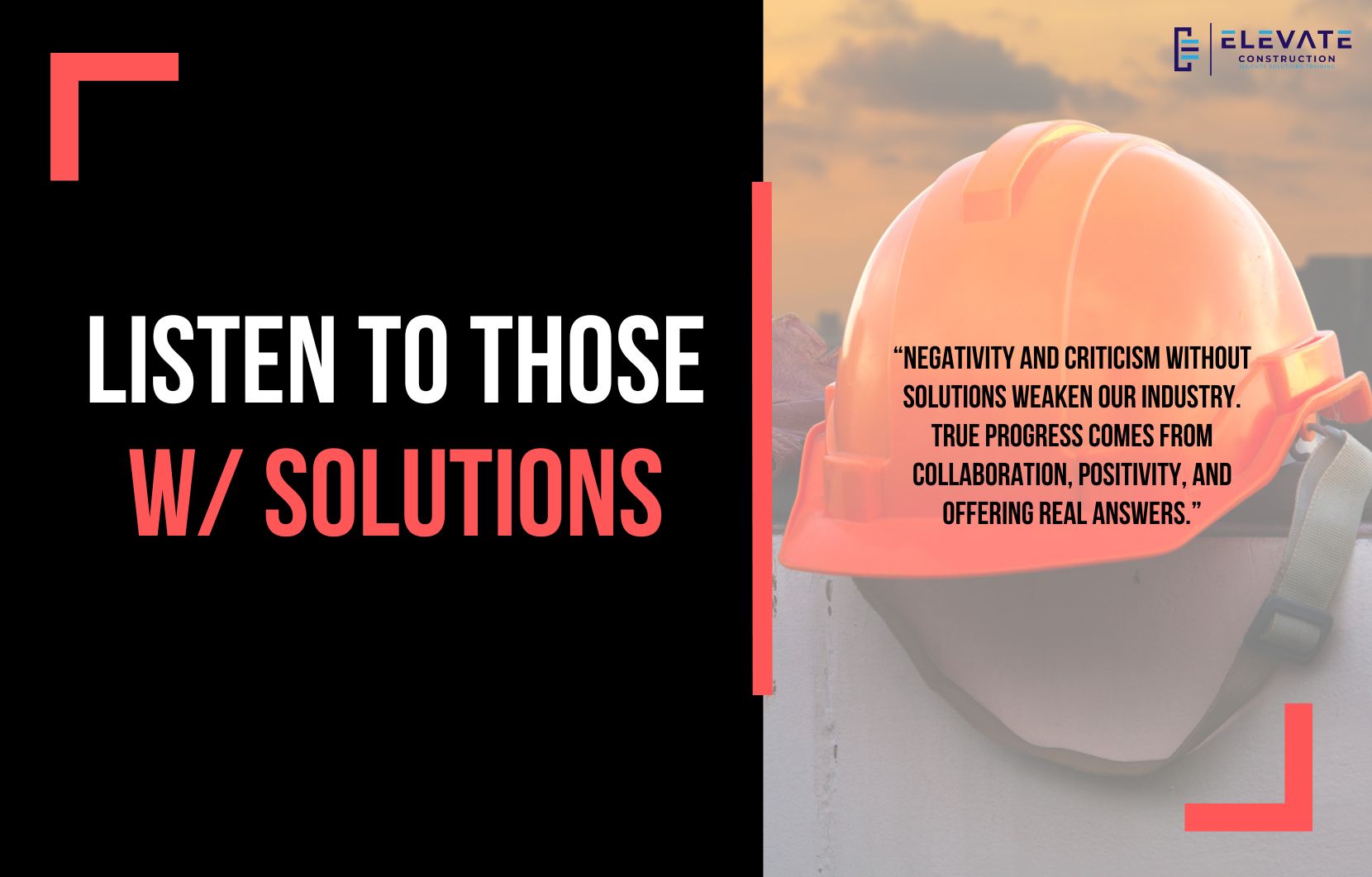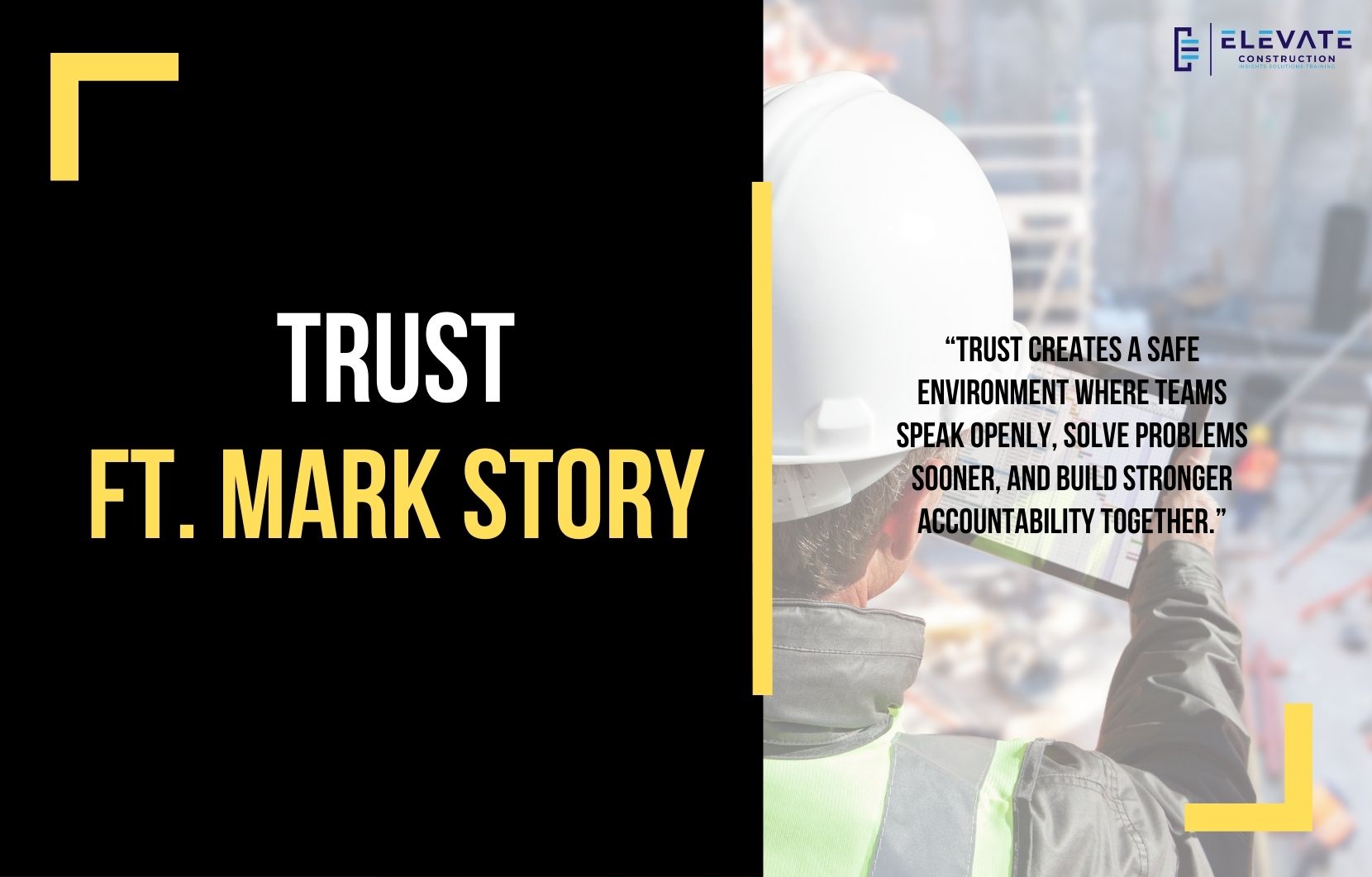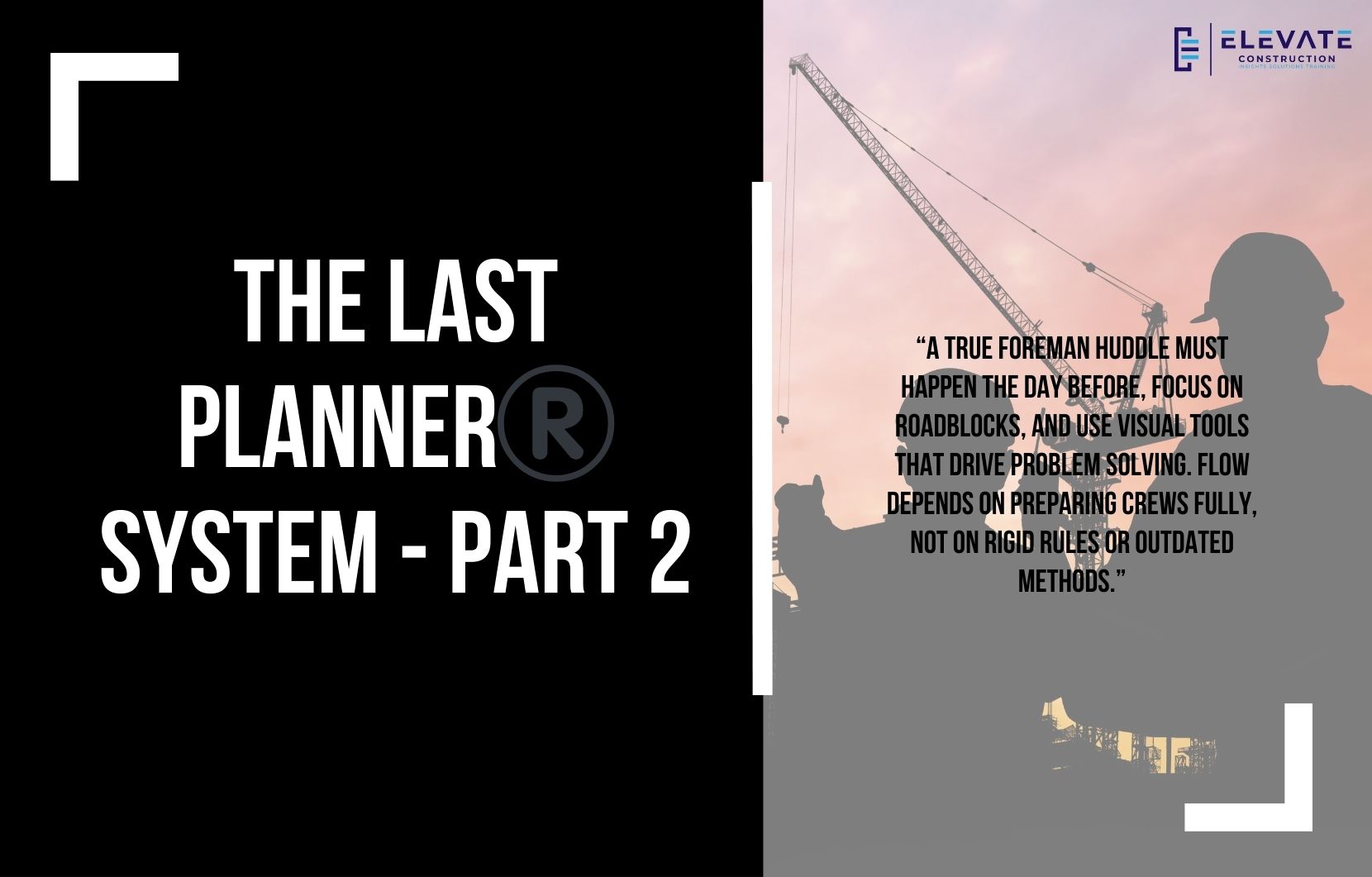Three Hard Truths About Construction Leadership
I want to share a few short but impactful topics that have been on my mind lately. They may seem small, but each one can significantly affect how we lead and manage construction projects.
- The Plan in Your Head Makes You the Bottleneck
I’ve said this before, but it hit me again: if the plan for the project lives only in the superintendent’s or foreman’s head, they become the bottleneck.
The limiting factor isn’t the slowest trade, a missing material, or a project constraint it’s the person holding the plan. If only one person knows it, the project’s flow and success depend entirely on them. The solution? Make the plan visible and shared so that the entire team can move forward without waiting on one person.
- You Can’t Punch Up With Lean
Recently, we spoke with someone passionate about lean construction. They had studied it for years and wanted to bring it into their company. But here’s the problem, their leadership wasn’t on board.
And the truth is this you cannot “punch up” when it comes to lean. Operational excellence and lean practices must come from the top. Leadership has to drive it; otherwise, it won’t scale.
Now, that doesn’t mean you can’t implement lean principles on your project, within your department, or personally. In fact, starting with yourself is the best place. But large scale cultural change only sticks when owners and leaders fully commit.
- The Lie of Punch List Crews
I’ve seen companies rely on “punch out crews” or “punchless specialists” to finish work that other teams didn’t complete correctly. The idea is that one group installs, and another comes back later to fix issues or tidy up.
Here’s the problem: this destroys accountability. When crews don’t have to live with the results of their work, there’s no incentive to do it right the first time. It leads to inefficiency, extra steps, and re-mobilization.
The truth is simple: the crew that installs the work should finish the work. Plan it, build it, and finish it no exceptions. That’s how you build accountability and long term quality.
Key Takeaway
Construction leaders must recognize where bottlenecks, misplaced accountability, and unrealistic expectations come from. Share the plan, secure leadership buy in for lean, and ensure that teams own their work from start to finish. These practices build stronger projects, better teams, and a culture of excellence
If you want to learn more we have:
-Takt Virtual Training: (Click here)
-Check out our Youtube channel for more info: (Click here)
-Listen to the Elevate Construction podcast: (Click here)
-Check out our training programs and certifications: (Click here)
-The Takt Book: (Click here)
Discover Jason’s Expertise:
Meet Jason Schroeder, the driving force behind Elevate Construction IST. As the company’s owner and principal consultant, he’s dedicated to taking construction to new heights. With a wealth of industry experience, he’s crafted the Field Engineer Boot Camp and Superintendent Boot Camp – intensive training programs engineered to cultivate top-tier leaders capable of steering their teams towards success. Jason’s vision? To expand his training initiatives across the nation, empowering construction firms to soar to unprecedented levels of excellence.
On we go










